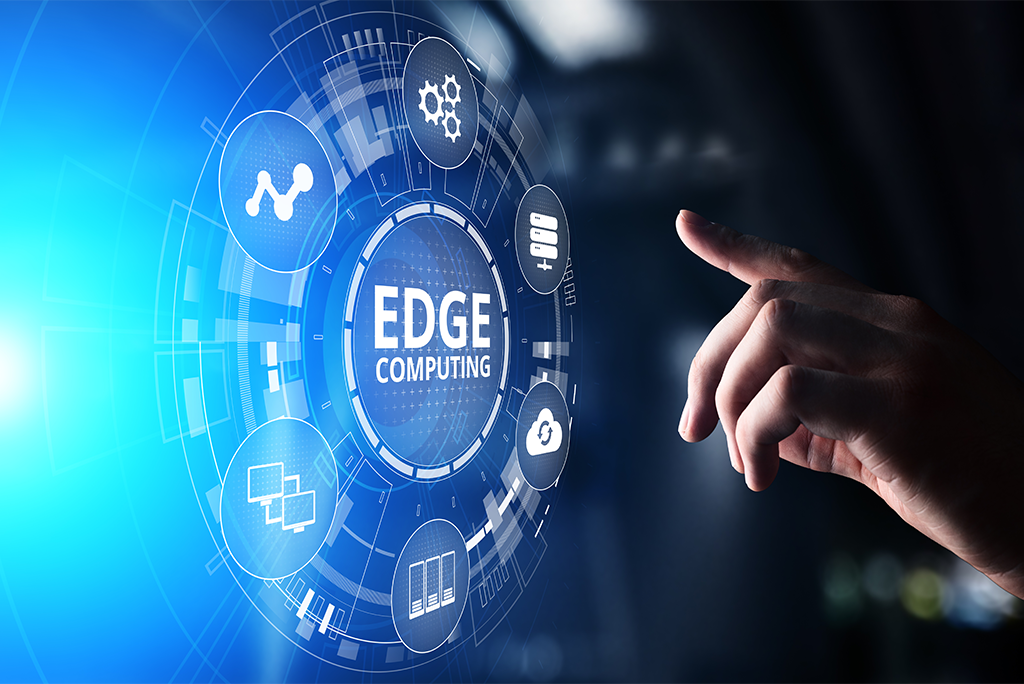
Edge computing improves the way businesses collect and analyze their data by processing information near the source as opposed to in the cloud. It provides real-time information, which allows companies to make data-driven decisions. Analyst predict that by 2024, the global edge computing market will rise to $9 billion USD. However, only 56% of networking professionals currently have plans to integrate this form of decentralized computing into their organizations, according to the IDG 2018 State of the Network.
As the technology improves, more companies are exploring edge computing capabilities. So how can your organization get a head start on the integration process?
Steps to Integration
Some helpful steps for organizations looking into edge computing include:
Step 1: Virtualize
Updating your infrastructure with virtualized machines can improve reliability, manageability, and create a solid foundation for edge integration. Besides these immediate benefits, transferring workloads to virtual machines should help simplify a future edge integration.
Step 2: Operational Technology (OT) and Information Technology (IT)
Many companies with separate Integrating Operational Technology and Information Technology are now seeking to bridge the gap. Because they possess dual skill sets, Hybrid OT and Industrial IT specialists may provide greater performance, productivity, agility, and cost-efficiency.
Step 3: Choose a vendor
The total cost of ownership, deployment, management, downtime risk, and operational efficiency are all key factors when selecting an edge computing solution. Be sure to do your research. Before selecting a vendor that works well with your organization, you should consider where the platform will be installed. The physical environment as well as the distance between the location and where the data is collected will likely impact your decision.
Step 4: IIOTint
Industrial Internet of Things (IIOT) devices use smart sensors to collect and analyze data instantaneously. This data allows industrial devices to make decisions and act on them, which optimizes quality, workforce, and engagement.
Step 5: Security
Increased interconnectivity also increases security vulnerabilities. Security risks include software hacks and system manipulation— both of which can cause breaches in customer data and bring operations to a standstill. Investing in cybersecurity and IIOT systems that provide regular monitoring and detection in the event of malware infection is crucial to keeping your information safe.
Benefits of Edge Computing
Staying up and running: Edge computing can benefit many industries, especially those that operate remotely. Because retail companies generally have more than one location, edge computing works well from both point of sale and security perspectives. Like retail companies, financial institutions, including banks, also have multiple branches and can benefit from edge computing.
Quick processing: The Internet of Things provides massive amounts of data. Because the data generally needs to be analyzed instantly in cloud applications, communication must be fast in order to be efficient.
Cost savings: Edge computing can reduce organizational costs by using smaller deployments. This helps businesses avoid building infrastructure at every site.
Getting Up to Speed
Prepare your organization for edge computing integration. Designed to train your entire team to support edge computing, IEEE Introduction to Edge Computing is an online five-course program. The on-demand courses included in this program are:
- Overview of Edge Computing
- Practical Applications of Edge Computing
- Research Challenges in Edge Computing
- Designing Security Solutions for Edge, Cloud, and IoT
- Tools and Software for Edge Computing Applications
To learn more about getting access to these courses for your organization, connect with an IEEE Content Specialist today.
Interested in the course for yourself? Visit the IEEE Learning Network (ILN) to learn more.
Resources
(23 August 2019). What Is Edge Computing? Forbes.
(16 September 2019). The analyst projects the global edge computing market to grow from USD 2.8 billion in 2019 to USD 9.0 billion by 2024, at a Compound Annual Growth Rate (CAGR) of 26.5%.Yahoo! Finance.
Conboy, Alan. (17 September 2019). What’s next for the Internet of Things? Going to the edge. IoT News
(16 September 2019). Five steps to successful edge integration. It Web.


[…] Edge computing for business can increase the speed of data processing and analysis. The Internet of Things (IoT) is expected to grow significantly, predicted to reach about $1.6 trillion USD by 2025. Edge technology can help process the copious amounts of data that this surge in IoT-enabled devices will produce. […]